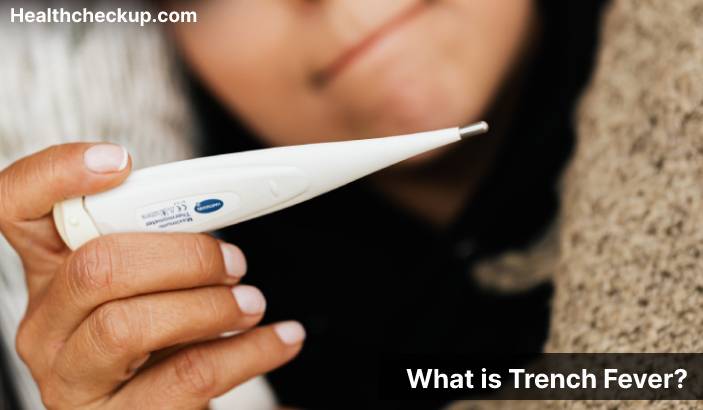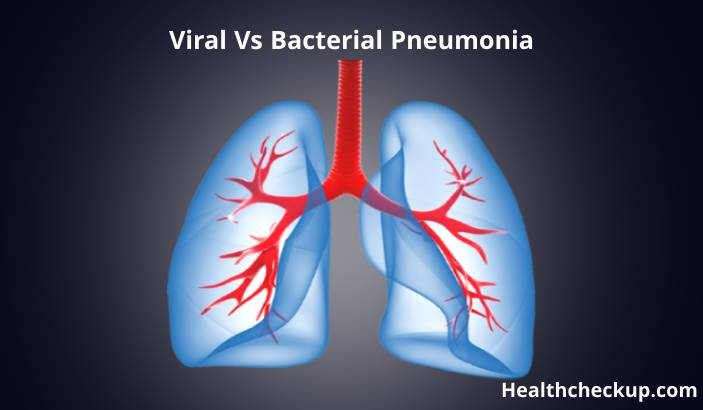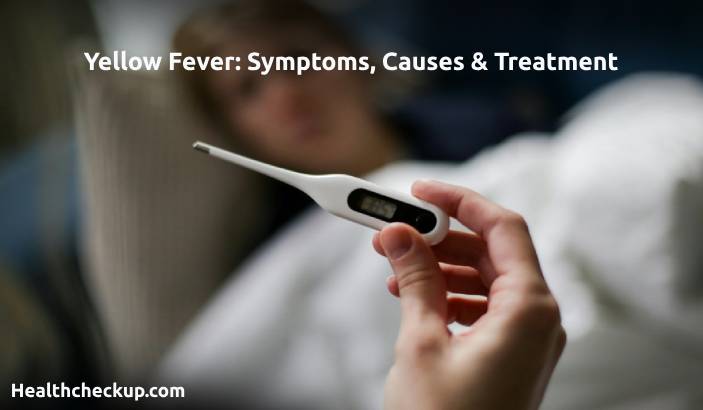Trench fever is a bacterial infection that is transmitted through the bite of infected body lice. Trench fever was first identified during World War I, when it was common among soldiers living in close quarters in the trenches. Today, trench fever is most commonly found in homeless populations and people living in crowded or unsanitary conditions.
Symptoms of trench fever may include:
- Fever
- Headache
- Muscle aches
- Rash
- Painful, swollen lymph nodes
- Anemia
- Fatigue
Trench fever can lead to serious complications, such as endocarditis (infection of the heart valves) and bone infections.
Diagnosis of trench fever is typically based on the presence of symptoms and a history of exposure to body lice. It may also involve laboratory tests to confirm the presence of the bacterium that causes trench fever.
Treatment of trench fever typically involves antibiotics to kill the bacterium. It is important to complete the full course of treatment as prescribed to ensure that the infection is fully eradicated. In severe cases, hospitalization may be necessary to provide supportive care, such as oxygen therapy and fluids.
Trench fever can be prevented through the use of proper hygiene practices, such as washing hands and clothing regularly and controlling body lice infestations. If you are experiencing symptoms of trench fever or have been exposed to body lice, it is important to seek medical attention as soon as possible. Follow the recommendations of your healthcare provider to help protect yourself and others from trench fever.









